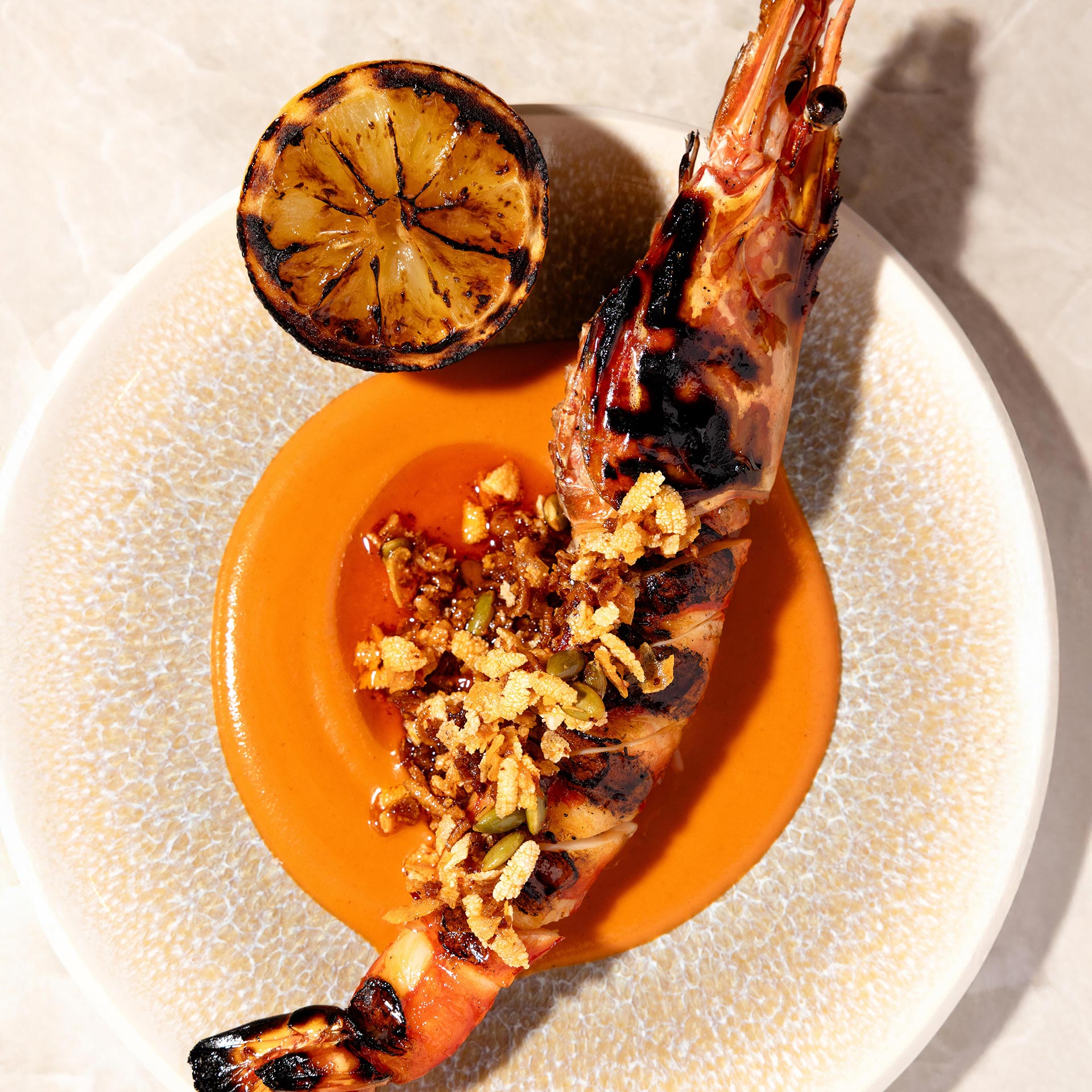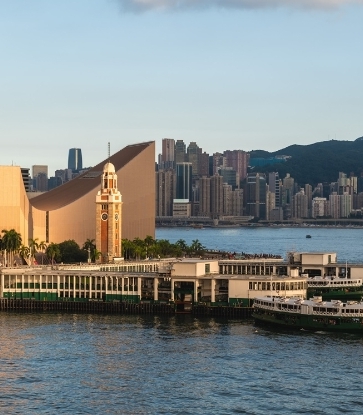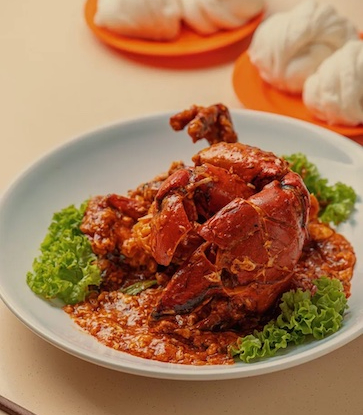In the north of the New Territories, the rivers form a large area of flatland and alluvial plain. The nutrient-packed soil was reserved for agriculture. Meanwhile, the fishermen community was dispersed along the coastline, operating in Aberdeen, Shau Kei Wan, Sai Kung, Tai Po, Cheung Sha Wan and Tsing Shan. Tai O is the best surviving fishing village. With rows of stilt houses framing the waterways, it doesn’t take much guessing to know what people there do for a living.

Many locals like to take a boat to Lamma Island, one of the hundreds of Hong Kong’s outlying islands for some quality seafood. Lots of the restaurants of the island are concentrated on Yung Shue Wan Main Street, but the informed prefer to steer away from the beaten path, and head to Genuine Lamma Hilton Fishing Village Restaurant (simply known as Fishing Village in Chinese) in Sok Kwu Wan for a fix of fresh, well-cooked seafood.
Boasting half a century of history, modest second-generation owner Christina describes her business as “a shop in the wild”. Fishing Village doesn’t have the competitive edge of the nowadays restaurants developing grandiose marketing tropes. Instead, it focuses solely on cooking up good food to attract customers. Without the pressure about rents – Christina’s parents bought the land and pier where the restaurant is located – it affords the luxury of staying under the radar.
Almost all dishes at Fishing Village are signatures. The sea fish and squid are caught by hand on the day, and the type of fish available could vary, which provides the surprise factor to the dining experience. For instance, it serves the fattiest mottled rabbitfish in summer when the fish is in season. Regulars would also order crab in jackfruit curry, and various Tanka (boat people) dishes hardly seen elsewhere.
The wafer paper-wrapped prawn here calls for four pairs of hands in the cooking process: one shelling, one pat-drying the prawns, one wrapping the crustaceans in wafer paper, and one deep-frying. That’s why the dish is never served during the weekend when it becomes too much to handle. But those who have tasted it are all bewildered by the great umami of the prawns, slowing revealing as the wafer paper melts in the mouth. In addition, sweet and sour baby fish, as well as stir-fry with fresh and dried squid, pork belly, and Chinese gooseberry are both heavenly delicacies.
Address: Lot 584, G/F, Sok Kwu Wan, Lamma Island
Tel: +852 2982 8220

The Chairman is quite low-key compared to other upscale Chinese restaurants in Central, but its reputation has long been established. Molecular gastronomy guru Ferran Adriá is one of the brightest personalities among its guest lists. He even gave the restaurant a glowing review in front of the press. Among the many deftly prepared dishes on the menu, there is one combining the skills of Cantonese cuisine and the freshness of local seafood. It’s on almost every table. It’s called steamed fresh flower crab with aged Shaoxing Wine, fragrant chicken oil and flat rice noodles.
The buyer of the Chairman goes to source the freshest seafood at 6am every morning, because the early bird does get the worm, or oceanic ingredients in this case. From sea fish to razor clam to giant flower crab, the restaurant uses the best available.
Given the same level of freshness, the flower crab caught in Hong Kong’s waters is especially flavourful with bouncy flesh. It’s steamed with chicken oil and 10-year-old Shaoxing wine. The dish is always cooked to the right extent, as the crab meat gets detached from the shell easily while preserving the tenderness. The fragrances of the wine and chicken oil both elevate the lusciousness of the meat. The flat rice noodles are the magic touch of it all, mopping up the cooking liquid mixed with the crab’s essence, and bringing seafood lovers to the ultimate heaven.
Another impressive new creation razor clam steamed with aged lemon and mixed herbs sources the 10 years Chinese preserved lemon from the revered Tai Ma Sauce Co. The salty and tangy notes in the lemon are mellowed and matured with time, making for an ideal complement to the strong umami of the razor clam.
Address: 18 Kau U Fong, Central
Tel: +852 2555 2202

Fish School is another understated destination, situated on the unassuming Third Street in Sai Ying Pun. It’s not easy to discover: an illuminated sign leads diners to walk through a narrow lane lined with common native plants before arriving at the entrance. Once inside, the restaurant feels like a whole new world. It’s bright and lively. It makes you want to stay there for a long time.
The restaurant is practically the only in Hong Kong highlighting local seafood and western cuisine at the same time. Two years since opening, it’s still beloved by diners. The menu is divided into cold and hot dishes, charcoal grill and house specialities. It takes only the fresh catches of the day directly from small, family-run fishing businesses in Hong Kong. Since the quality seafood it gets is really the selected few, a good amount of the dishes are sold in a limited quantity. Thanks to the word of mouth, many delicacies like raw crab and sea urchin rice, lobster popcorn, oyster risotto (a spin-off of a Teochew classic) are popular to diners for their intense oceanic characters and boundless creativity.



















